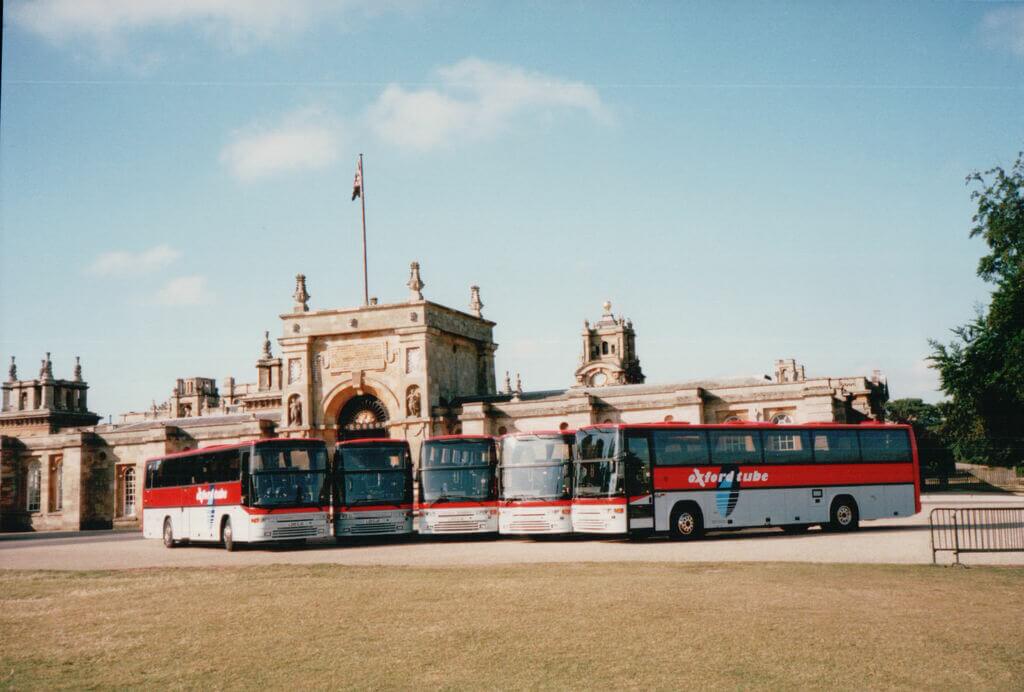Stagecoach in Oxfordshire’s express coach service, the Oxford Tube, is currently introducing a brand new fleet for its Oxford to London route. Richard Sharman takes a look back at how the fleet has changed through the years and finds out what the new coaches have to offer
In 7 March 1987 a new company, formed out of deregulation, launched an express service that would become not only well known by those who lived in the areas it served, but also to international tourists visiting either Oxford or London.
The pioneer of introducing minibuses on a large scale to the UK was Harry Blundred OBE. He had previously been a driver and controller at National Bus Company (NBC)-owned Devon General and during privatisation led the management buyout of the company in August 1986.
The purchase of Devon General would not only change how the company operated, but also completely change a bus fleet that had the standard NBC mix of Bristol LHs/VRTs, Leyland Nationals/Olympians and Tigers. Seven months later, some of the vehicles would become important assets.
Following the purchase of Devon General, Harry was on a roll, and having had previous experience of working in Oxford as a Traffic Manager between 1979 and 1983 at The City of Oxford Motor Services, decided to launch Thames Transit. Whilst a sudden influx of Mellor-bodied Ford Transits caught the attention of the industry, and flooded the City of Oxford, he had another concept that was about to bring further competition in the form of the Oxford Tube.
Harry cleverly utilised the fleet of Leyland Tiger coaches it had inherited from Devon General’s coaching division Greenslades, as well as coaches that had previously been used on its National Express contracts.

By subscribing you will benefit from:
- Operator & Supplier Profiles
- Face-to-Face Interviews
- Lastest News
- Test Drives and Reviews
- Legal Updates
- Route Focus
- Industry Insider Opinions
- Passenger Perspective
- Vehicle Launches
- and much more!


